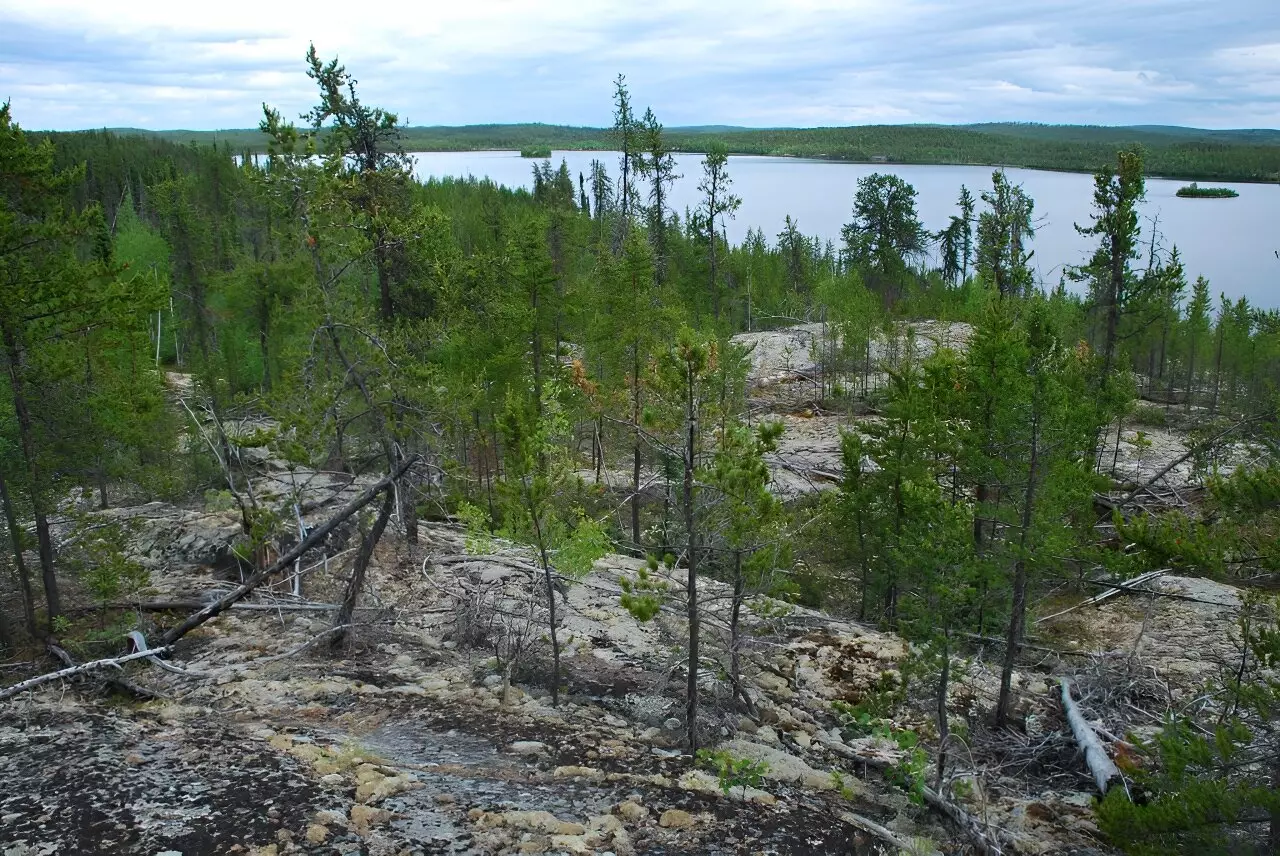A groundbreaking study has shed new light on the impact of fires on the boreal forests of North America. The research, conducted by scientists from Northern Arizona University as part of NASA’s Arctic Boreal Vulnerability Experiment (ABoVE), challenges previous assumptions about the long-term effects of forest fires on the region. By analyzing satellite imagery spanning three decades, the study reveals unexpected patterns of forest composition changes following wildfires.
Contrary to popular belief, the study uncovers a cycle of forest regeneration that goes beyond the anticipated shift from coniferous to deciduous trees. While fires initially lead to an increase in deciduous cover, the forests gradually revert back to coniferous trees after a few decades. This result challenges the prevailing notion that fires permanently alter the composition of boreal forests.
The researchers emphasize the dynamic nature of these forests, highlighting the intricate balance of tree species that can fluctuate over time. The surprising discovery indicates that there are complex feedback mechanisms at play, with the loss of coniferous forests due to wildfires being offset by the gradual increase in coniferous forests in unburned areas. As a result, there is no overall shift towards a deciduous cover.
The study further investigates the implications of these findings for climate change. Deciduous trees, which grow faster, absorb more carbon, and reflect more light, have long been considered beneficial for cooling the climate and reducing fire risks. However, the researchers found that the net feedback effects on climate from these forests were relatively small. This challenges previous studies suggesting a significant shift towards deciduous forests in recent decades.
While the study paints a more nuanced picture of forest composition changes, the researchers emphasize the potential for pronounced shifts in the future. They suggest that continued climate warming and increased wildfire activity could lead to more significant alterations in forest composition over the coming decades. The changing climate, combined with a rise in fire disturbances, may result in longer periods before coniferous trees regain dominance.
Understanding how forest composition shifts over time is essential for effective fire management and mitigating the impact on local communities and infrastructure. The research provides a critical foundation for future studies, guiding best management practices to reduce carbon emissions and protect both people and the planet. In light of the recent record-breaking fires in Canada, this study gains particular significance.
The researchers employed an innovative approach, utilizing high-resolution satellite imagery from the Landsat series of satellites. By quantifying changes in forest composition across Alaska and Canada, they were able to measure the effects of both burned and unburned areas. Satellite measurements of surface reflectivity were also used to assess the impact of changing forests on climate.
This groundbreaking study challenges previous assumptions about the long-term effects of fires on boreal forests. The unexpected cycles of regeneration, with forests shifting between coniferous and deciduous cover over time, shed new light on the dynamics of these ecosystems. While the net climate feedbacks were found to be small, the potential for significant shifts in the future highlights the importance of continued research and adaptive fire management strategies. As we confront the challenges of climate change, understanding how forests respond to fire and how their composition evolves will be crucial for protecting both the environment and human communities.


Leave a Reply